16 Creative Kids Garden Ideas for Outdoor Fun
Gardening with kids is a great way to mix outdoor activities with learning. Kids get to enjoy the fresh air, help take care of plants, and see how they grow. Involving children in gardening early can help them appreciate nature for a long time.
Table of Contents
1. Suburban with Water Feature Garden
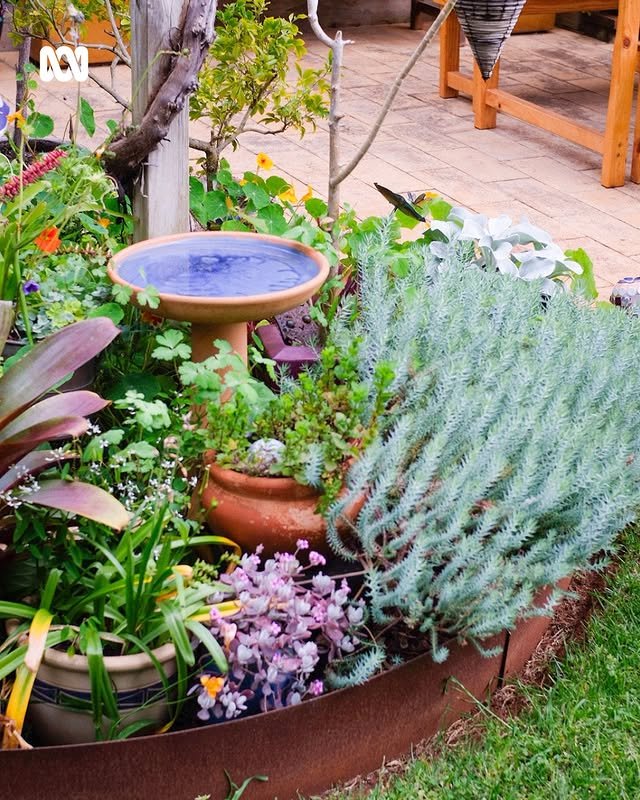
A Suburban with Water Feature Garden transforms an ordinary backyard into a magical play and learning space for children. It features a gentle stream or fountain providing sensory exploration and interactive enjoyment. The garden incorporates child-friendly elements like smooth stones, shallow, safe water zones, and surrounding soft plantings that encourage curiosity, imaginative play, and a connection to nature’s delightful rhythms.
2. Sensory Garden
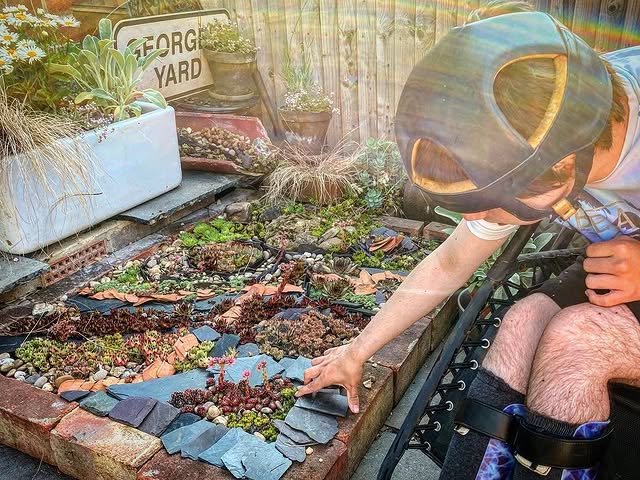
A Sensory Garden for kids is a thoughtfully designed outdoor space that engages all five senses. It features touchable plants with different textures, like soft lamb’s ear, fragrant herbs like mint and lavender, colorful flowers that attract butterflies, and interactive elements like wind chimes and textured pathways. This immersive garden becomes a living classroom that encourages children to explore, learn, and develop a deeper appreciation for nature through direct, multisensory experiences that stimulate curiosity and wonder.
3. Cooking Garden
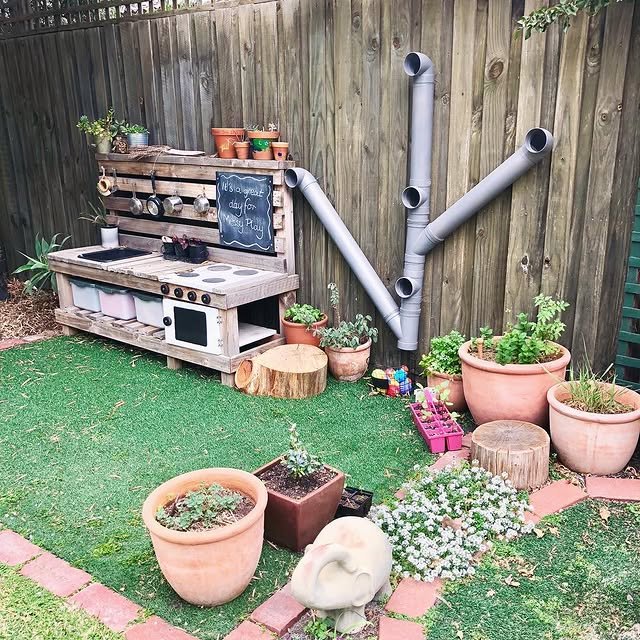
A Cooking Garden for Kids transforms learning about food into a hands-on adventure. Children can grow their ingredients, like cherry tomatoes, strawberries, herbs, and lettuce, which can be harvested and immediately used in simple, child-friendly recipes. This interactive garden teaches children about plant cultivation and nutrition, empowers them to understand where food comes from, develops their culinary skills, and creates exciting family cooking and learning opportunities.
4. Taste Garden
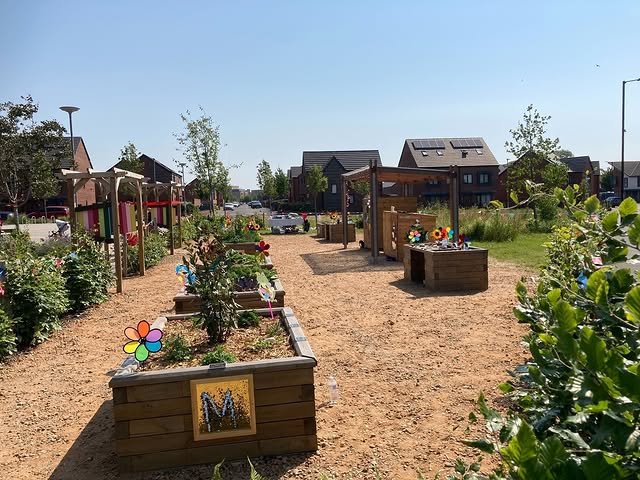
A Taste Garden for kids is a carefully curated space filled with edible plants that offer a range of flavors, from sweet strawberries and sugar snap peas to tangy sorrel and mild mint. It is designed to encourage children to explore and expand their palates through direct sensory experiences. By planting a diverse array of edible plants with varying tastes, textures, and colors, this garden becomes an interactive classroom that transforms food exploration into a playful, educational adventure that can help children develop more adventurous and nutritious eating habits.
5. Tactile and Obstacle Course
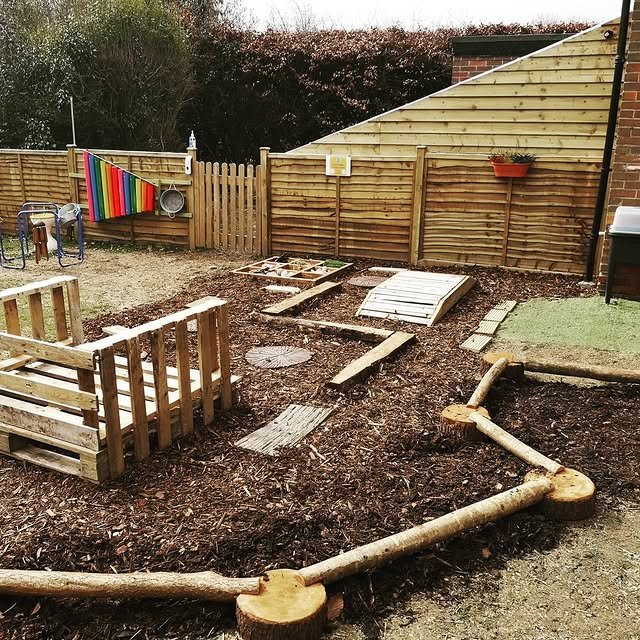
A Tactile and Obstacle Course garden transforms outdoor play into an exciting, multisensory adventure by incorporating diverse surfaces like wooden balance beams, stepping stones with different textures, soft grass patches, and natural climbing elements that challenge children’s physical skills and sensory perception. This dynamic garden space encourages exploration, builds gross motor skills, and provides endless opportunities for imaginative play while helping children develop balance, coordination, and confidence through interactive, nature-based challenges.
6. Floral and Visual Garden
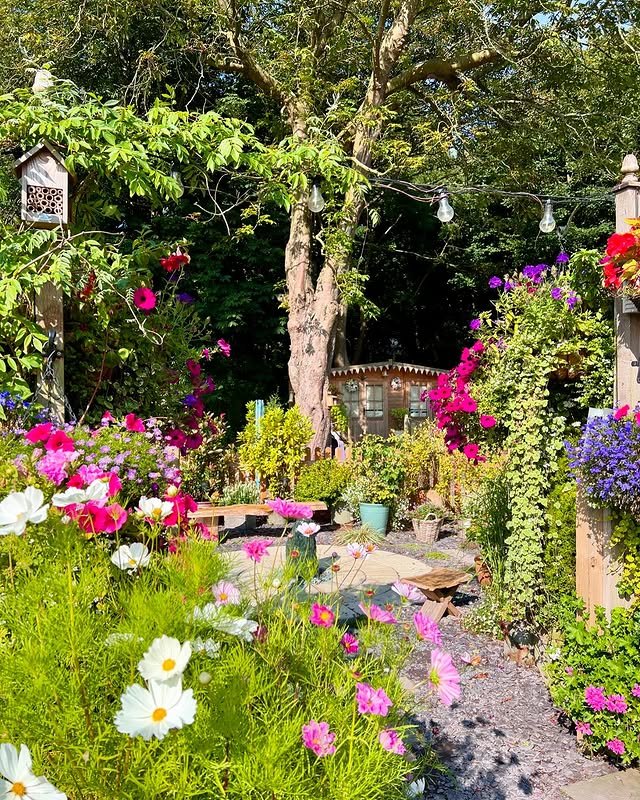
A Floral and Visual Garden for Kids transforms an outdoor space into a vibrant, eye-catching wonderland filled with brightly colored flowers, whimsical garden sculptures, and playful visual elements that capture children’s imagination and curiosity. By incorporating bold, contrasting colors like purple alliums, yellow sunflowers, and red poppies alongside interactive elements like wind spinners, decorative pinwheels, and child-height viewing platforms, this garden becomes a living canvas that stimulates visual exploration and encourages creative play.
7. Toddlers Community Play
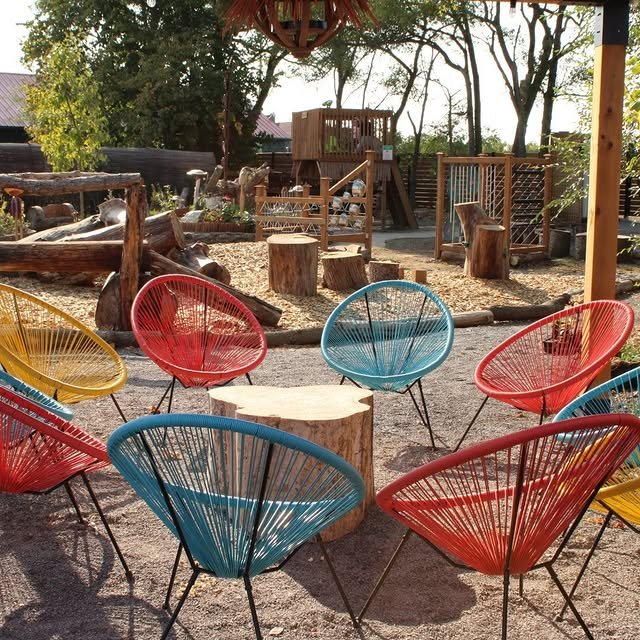
A Toddler’s Community Play garden creates a safe, engaging outdoor space where young children can interact, learn, and explore through carefully designed play zones that encourage social development and collaborative exploration. The garden features soft surfaces, low-height play structures, sensory stations, and collaborative areas like small sand pits, water play zones, and gentle climbing elements that support toddlers’ physical and social growth while providing a nurturing environment for early childhood interaction.
8. Learning Physical and Cognitive Garden
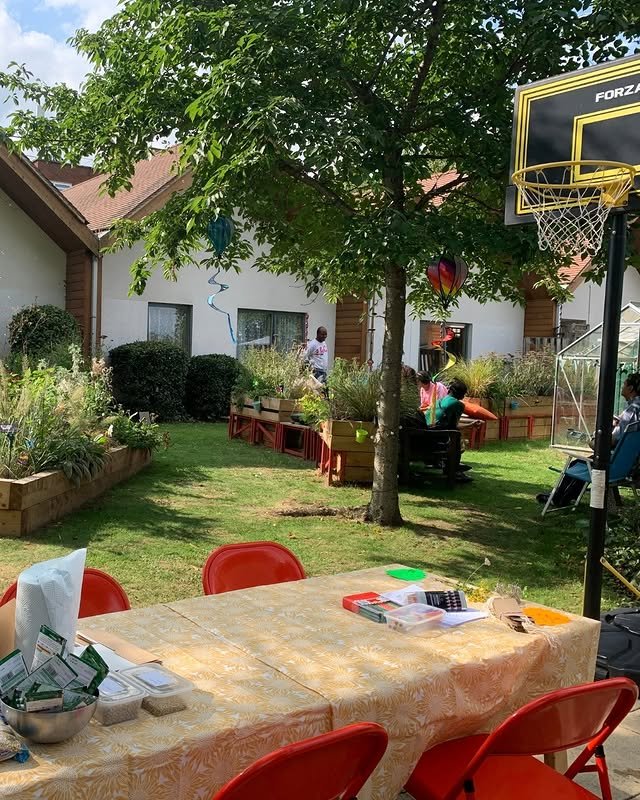
A Learning Physical and Cognitive Garden offers children a dynamic outdoor environment that seamlessly blends physical challenges with mental stimulation. It features interactive zones that develop motor skills, problem-solving abilities, and sensory awareness through carefully designed play and exploration spaces. By incorporating elements like numbered stepping stones, color-coded plant sections, maze-like pathways, nature identification stations, and graduated climbing structures, this garden becomes a holistic learning landscape that encourages children to grow intellectually and physically while enjoying a playful, naturalistic setting.
9. Music Garden
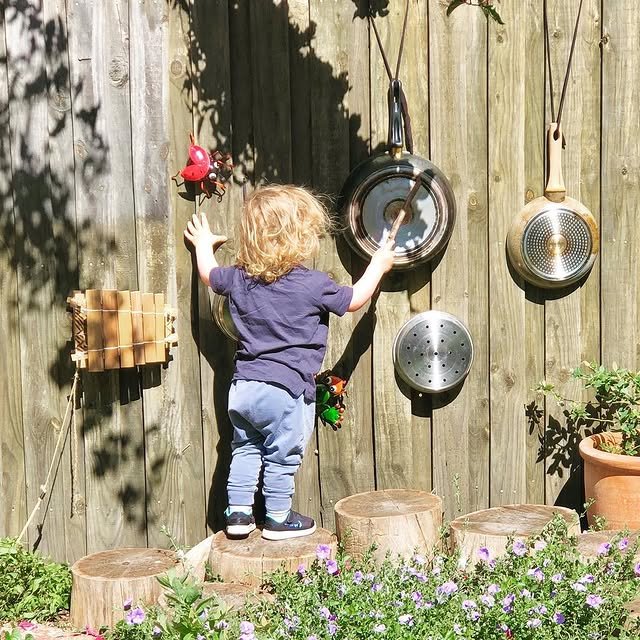
A Music Garden for kids transforms an ordinary outdoor space into a vibrant, interactive symphony of sound. Children can explore musical creativity through garden-integrated instruments like wind chimes, percussion logs, hanging bells, and resonant tubes made from natural materials. This sensory-rich environment encourages children to experiment with rhythm, tone, and melody while connecting with nature, fostering musical curiosity and an appreciation for the organic sounds surrounding them.
10. Arts and Crafts Garden
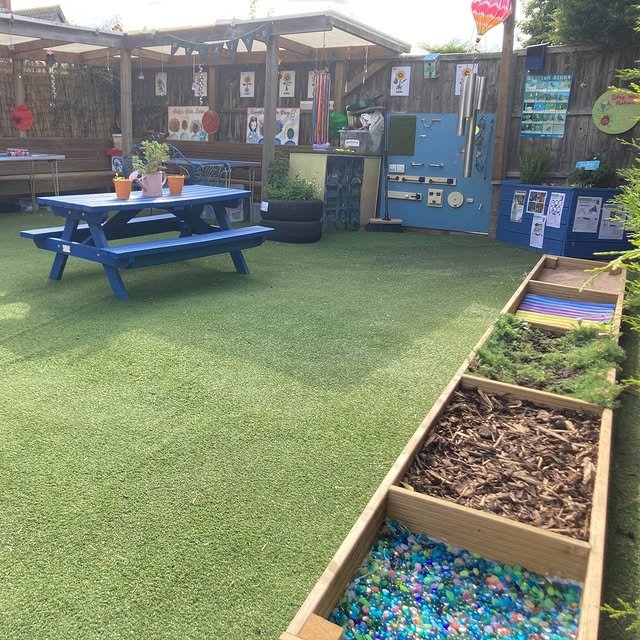
An Arts and Crafts Garden for kids transforms outdoor space into a creative sanctuary where children can explore artistic expression surrounded by natural inspiration. It features dedicated zones for painting, drawing, sculpting, and crafting with materials sourced directly from the garden, such as leaves, flowers, and branches. The garden becomes a living canvas and workshop, with sturdy work tables, washable surfaces, sheltered areas for messy projects, and strategic plantings that provide artistic materials and aesthetic backgrounds for young creators to explore their imagination.
11. Therapeutic Garden
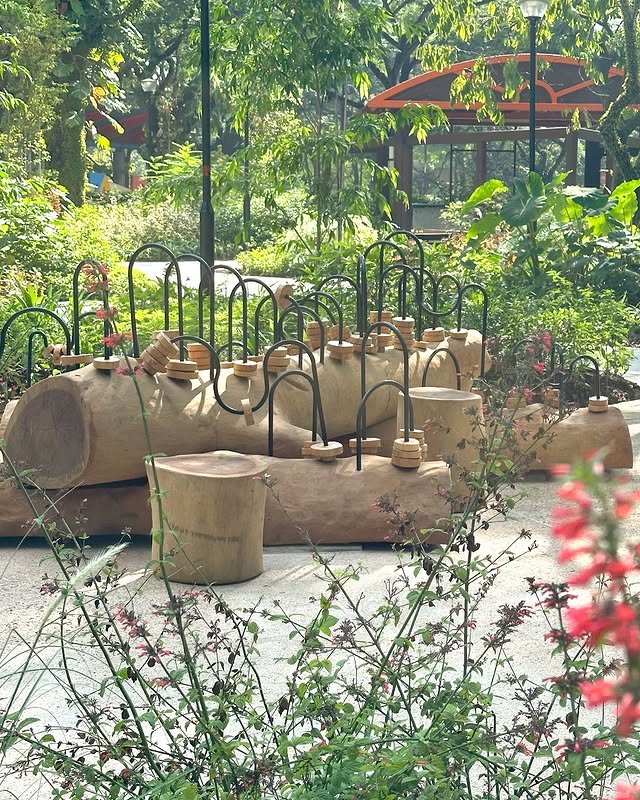
A Therapeutic Garden for kids provides a carefully designed, nurturing outdoor environment that supports emotional regulation, sensory processing, and mental well-being through intentionally chosen plants, calming design elements, and spaces that encourage relaxation and self-discovery. By incorporating soft textures, soothing colors, gentle water features, quiet seating areas, and plants that engage multiple senses, this garden becomes a healing sanctuary that helps children manage stress, develop mindfulness, and find peaceful connections with nature.
12. Lovely Spring Garden
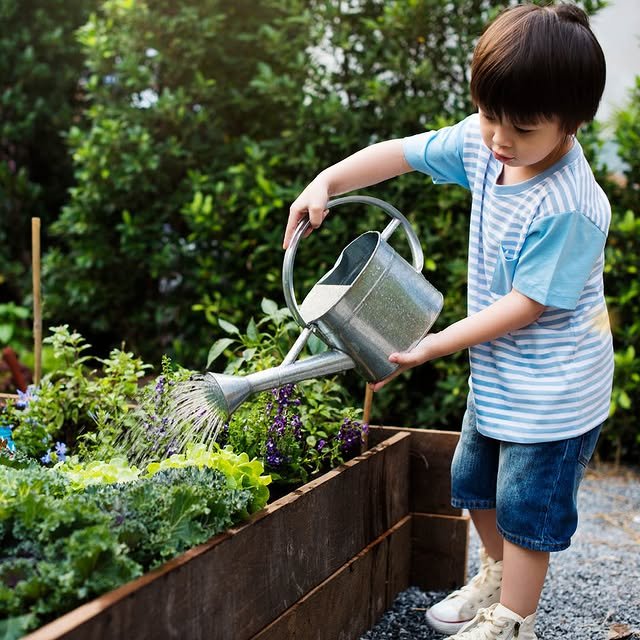
A Lovely Spring Garden for Kids transforms an outdoor space into a vibrant celebration of seasonal renewal, bursting with colorful flowers, butterfly-attracting plants, and interactive zones that capture the magic of springtime growth and exploration. This garden becomes a living classroom where children can witness the miracle of seeds sprouting, observe emerging insects, collect flower petals, and experience the joy of planting their seedlings while connecting with the fresh, hopeful energy of spring.
13. Mossy Oasis Garden
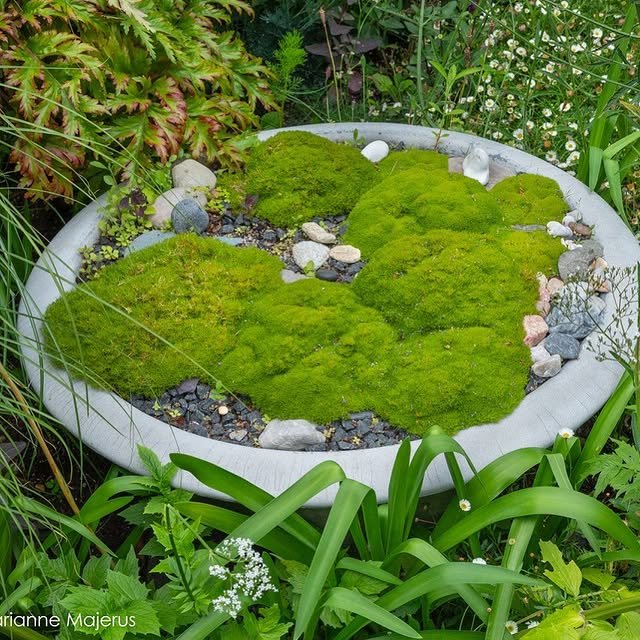
A Mossy Oasis Garden creates an enchanting, soft green wonderland for children that transforms ordinary outdoor spaces into magical realms filled with velvety moss-covered surfaces, hidden nooks, and whimsical textures that invite imaginative exploration. This mystical garden provides a sensory-rich environment where children can discover the delicate world of moss, learn about different moss varieties, and engage in creative play among gentle, cushiony green landscapes that feel like living carpets.
14. Tree House Garden
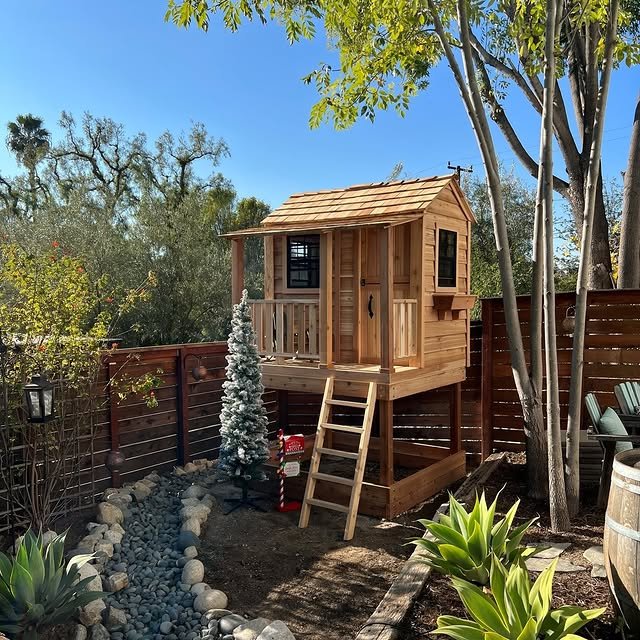
A Tree House Garden transforms an ordinary backyard into an extraordinary adventure playground. It integrates a carefully designed treehouse structure with surrounding landscaping that creates multiple levels of exploration, discovery, and imaginative play. The garden incorporates native plants, climbing vines, natural wood elements, and strategic plantings that enhance the treehouse experience, providing children with a magical outdoor sanctuary that encourages creativity, physical activity, and a deep connection with nature.
15. Veggies Raised Bed Garden
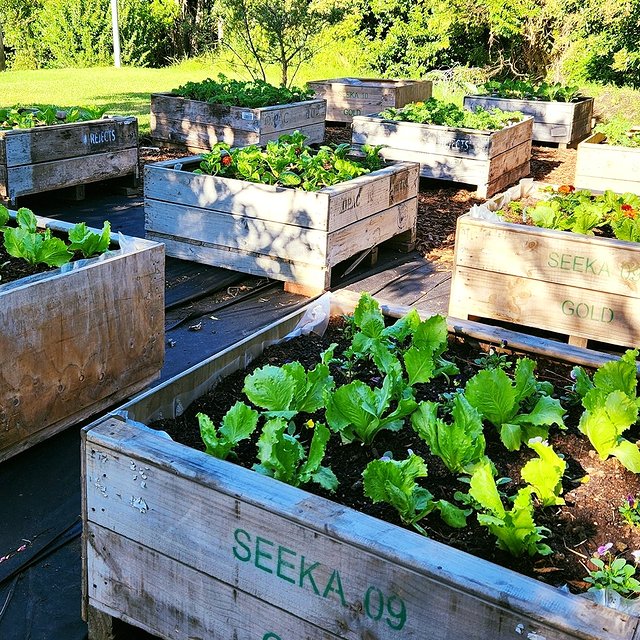
A Veggies Raised Bed Garden introduces children to the joys of food cultivation by creating elevated, easily accessible growing spaces where kids can plant, tend, and harvest their vegetables with hands-on learning and excitement. These raised beds make gardening more ergonomic and engaging for young gardeners and teach valuable lessons about nutrition, plant growth, responsibility, and the satisfaction of growing and eating fresh, home-grown produce.
16. Scandi Toddler Garden
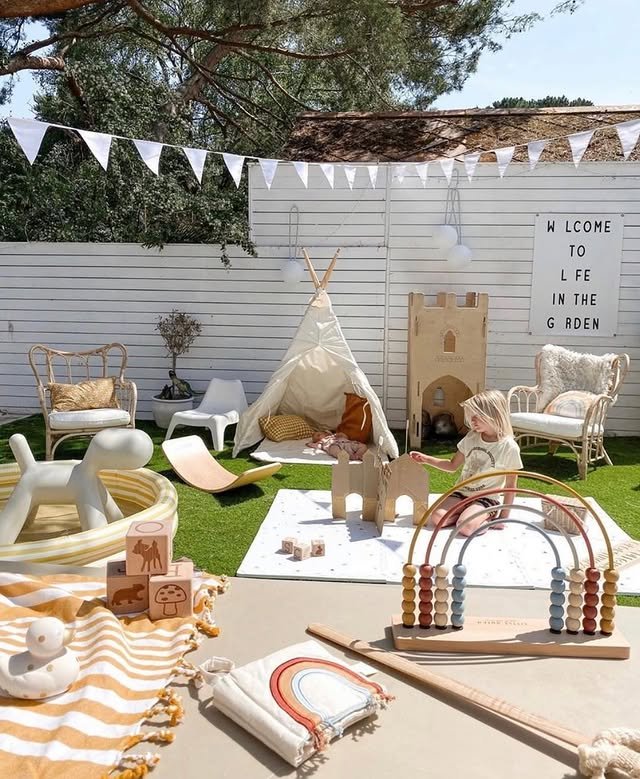
A Scandi Toddler Garden embraces minimalist design principles with clean lines, neutral colors, and natural materials, creating a serene and sophisticated outdoor play environment that focuses on simplicity and functional beauty. The garden incorporates wooden play structures, smooth stone pathways, strategically placed low-maintenance plants, and open spaces that encourage unstructured play and exploration while maintaining a calm, understated aesthetic characteristic of Scandinavian design philosophy.
